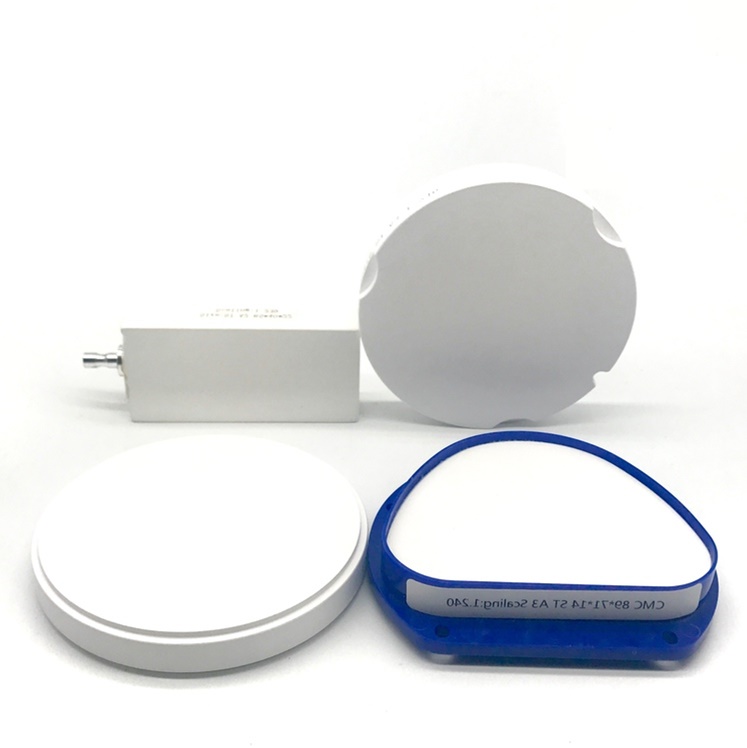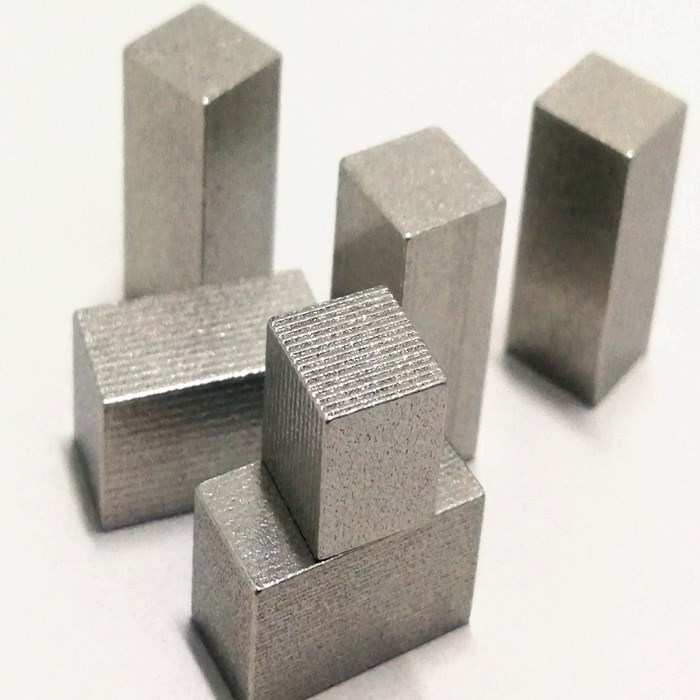How do porcelain crown work?
Cosmetic dentistry restores your smile and introduced different new techniques. Dental crowns are now very common to restore and protect your teeth. A crown is a hard covering around your teeth built by various dental materials. The customized crown can be prepared in the dental lab by patient oral impression.
The material used for dental crowns:
The artificial teeth crown protects your teeth from external damage, cover the discolored teeth and prevent further damage to the tooth. The various dental materials can be used to construct the crown in dentistry.
- Metal crown:
Stainless steel crown used as the temporary crown in children. The metal on the occlusal surface of Permanent teeth provide rigidity and prevent the impact of masticatory forces. Gold, nickel and palladium are the most widely used metal in dental crowns. The metal crown required more tooth preparation and sometimes can cause accidental pulp damage.
- Resin crown:
Resin is a tooth-coloured material used for tooth restoration. All resin crown is very affordable, but there are high chances of tooth wear and damage.
- Dental zirconia or porcelain crown:
Dental porcelain is an excellent choice for artificial teeth crowns. They can reproduce the natural appearance with conservative tooth preparation. The dental zirconia is biocompatible and non-irritant, with exceptional color opacity. The zirconia crown is hard and rigid that preventing the damage to the crown. The physical properties of the zirconia crown are equal to titanium and metal crowns. CAD-CAM manufacturing can build artificial crowns with better fitting and fewer procedural errors.

Steps of porcelain crown fabrication:
The porcelain crowns fabrication can be divided into two main stages of Clinical and Non-clinical steps.
- Tooth preparation:
It’s the first clinical step for crown preparation. Tooth grinding creates the crown clearance, and it can be varied according to different dental materials. The clearance for porcelain crown on the occlusal surface is 0.5 to 1 mm straight, round and disk shape burs commonly used for tooth preparation.
- Impression record:
The next clinical step for the customized crown preparation is impression record. A dental impression is a negative replica of your oral structures. After preparation, it records the tooth and adjacent supporting structures. Elastic impression materials like additional and condensational silicones are most commonly used for crown fabrication.
- Wax Up:
The impression is poured with the dental plaster and a model is a fabrication. A wax pattern is built on the model that helps in dental investment and crown processing. A fine wax-up can create excellent fitted crowns without any surface irregularities. After burn out, the wax is removed, and it’s ready for the casting.
- Crown casting:
Casting or investment is a very important step in crown preparation. Investment material can tolerate the high-temperature changes and the casting of material to create the new crown. For tooth-coloured crown preparation, porcelain is used as the casting material.
Merits of dental zirconia crown:
- Good Strength:
The dental zirconia crown has good strength and is more durable as the posterior crowns. The chewing and food mastication create high occlusal pressure that increases the chances of crown damage. Due to less preparation, it’s one of the ideal choices of permanent artificial teeth crowns. The multilayer porcelain is stronger and long-lasting than resin and other dental crown materials. Zirconia crowns are less likely to trigger stress and damage to opposing pieces than porcelain crowns.
- More resistant:
The dental zirconia crown is more resistant to damage and prevents occlusal wear. It can resistant the color changes. The zirconia crowns have more survival rate than a meal and other materials. A dental zirconia crown can withstand very high loads without affecting the quality of your smile.
- Non-irritant
Dental zirconia is a biocompatible and non-irritating material. It does not affect oral health and prevent any immunological allergic reaction. These common dentistry components will keep your teeth in good condition and will contribute to making you feel more confident in the process.
- Easy manipulation:
A same-day dental crown is the greatest innovation in dentistry. A dental zirconia crown can be papered through the CAD-CAM procedure with single or few visits. The manipulation and lap processing are less time taking and cost-effective.
The selection of suitable crown material is vital for the restoration of the tooth. The patient needs, tooth location and lab experience all play a key role in fruitful processing. The crowns can improve your looks and protect your teeth. The dental zirconia is the most suitable and convenient approach for a long-lasting dental crown.


